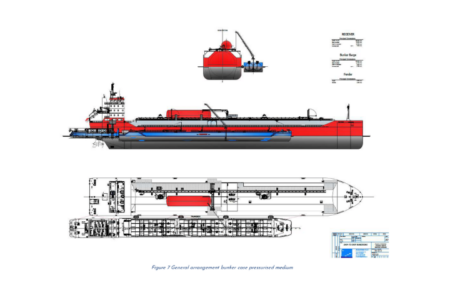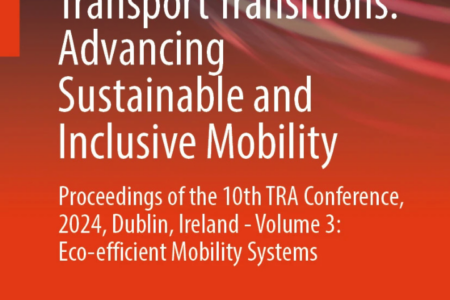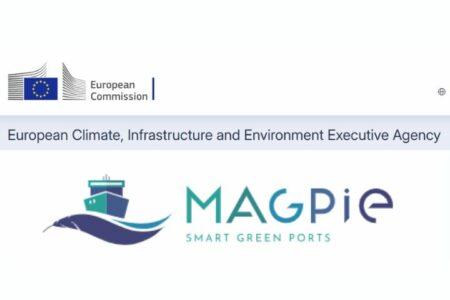Could you introduce yourself?

My name is Zenaida Mourão, and I represent INESC TEC as the leader Work Package 4 ‘DIGITAL TOOLS’ (WP4) in the MAGPIE project. As a senior researcher at INESC TEC, a non-profit research and technology organization affiliated with the University of Porto (Portugal), I primarily focus on sustainable energy systems at the Centre for Power and Energy Systems. The center specializes in research and development activities that span the full scope of power systems value chains, from models to development of physical components and digitalization, and participates in several ongoing European projects in these fields.
Which digital tools are included in MAGPIE and why they are useful?
In Work Package 4 ‘DIGITAL TOOLS’ (WP4), several partners are collaborating to create digital tools designed to support energy decarbonization in ports and their transport supply chains. These tools will aid decision-making at both operational and strategic levels, resulting in reduced GHG emissions, enhanced local energy systems and logistics management, and increased sustainability within the port ecosystem and transport supply chains.
The MAGPIE digital tools encompass a digital twin, as well as an array of simulation and optimization tools, such as the energy matching tool, the smart and green logistics tool, and the GHG tool. Although these tools can function independently, the digital twin will serve as the central component for implementing the digital tools and models under development.
The digital twin offers a digital representation of physical assets and business processes, enabling secure, interoperable information exchange among partners. Both physical assets (e.g., barges, quay cranes) and business processes (e.g., “unloading of a container”) are represented by models and described using a knowledge representation model, or ontology. This approach streamlines the implementation of various technologies, optimization and simulation tools, and processes being developed and tested within MAGPIE, as it provides a digital infrastructure for data exchange between diverse sources and systems. Port stakeholders can interact with the digital twin and tools through a graphical user interface, which includes visual representations of the outputs provided, such as interactive dashboards.
WP4’s other key outputs consist of simulation and optimization models that allow port stakeholders to make informed decisions at operational (e.g., 24-48 hours) and strategic levels (e.g., medium to long-term investment decisions), incorporating environmental and sustainability metrics. These models and tools can forecast energy demand, local renewable supply, and storage, ensuring power system balance at minimal cost while considering system constraints (Energy Matching tool). They can also simulate transport modalities and supply chain alternatives based on decarbonization pathways (GHG tool) and provide recommendations on transportation mode choices and carriers, along with charging requirements estimates per mode (Smart and Green logistics tool).
What is progress of the tools currently, after 18 months of project?
During the project’s first 18 months, the Work Package 4 ‘DIGITAL TOOLS’ team mapped the relationships between port assets and digital platforms to identify gaps that hinder sustainable, optimal operations (Deliverable 4.1). A preliminary digital twin system architecture based on the International Data Spaces (IDS) has been proposed from an initial “Proto Port” structure that simulates how the digital twin and tools will operate in real ports, including components related to demos 6 and 9. The upcoming milestones for WP4 involve publishing the report on the MAGPIE ontology and delivering the first version of the MAGPIE digital tools by month 30.


